Butterfly Special Materials
The regulations of the International Table Tennis Federation state: "At least 85 % of the blade by thickness shall be natural wood." In other words: We may adopt any other special materials for the remaining 15 % for reinforcement. However, no high performance rackets will be produced only by attaching some special materials without analysis; balance is crucial to make the best product.Butterfly will continue to research materials that best suite the techniques of future generations as well as continually improving the quality of the blade.

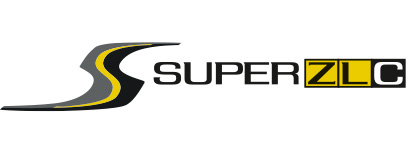
New processing techniques allow a stronger link between Carbon and ZL-Fiber, leading to a blade with very little energy loss on the edges and a bigger and more homogenous sweet spot thus accentuating the strengths of ZLC blades even more. Blades with SUPER ZLC fibers are fast with a very controlled touch and produce a fantastic feeling for any spin play.

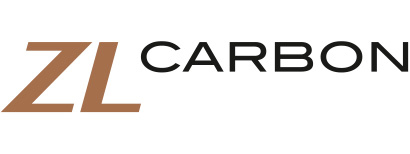
Linking ZL-Fibers and carbon increases the stability and stiffness of the blade and results in a bigger sweet spot and less energy loss around the edges. ZLC blades are usually stable and fast with a harder touch that allows very precise play as well as spinny top spins.


ZL-Fiber is a remarkably thin and hardened material lending speed, lightness and a homogenous bounce to the blade. Blades with ZLF are commonly known for their lightness and controlled, soft touch.
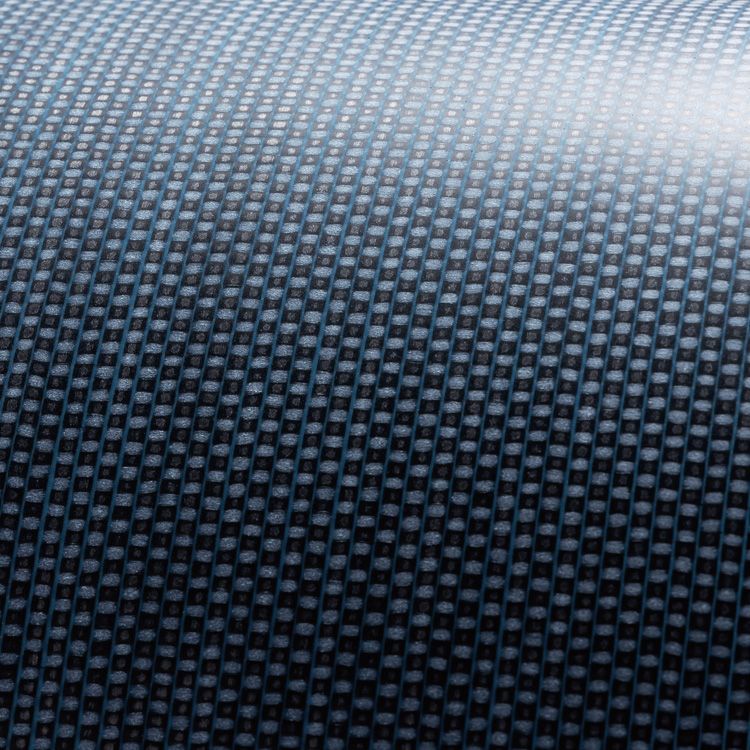
 Super Arylate-Carbon achieves a higher bounce by weaving in a larger amount of fibers than conventional Arylate-Carbon. In addition, adjusting the ratio of Arylate and carbon materials maintains blade suppleness which is a characteristic achieved via the use of Arylate-Carbon.
Super Arylate-Carbon achieves a higher bounce by weaving in a larger amount of fibers than conventional Arylate-Carbon. In addition, adjusting the ratio of Arylate and carbon materials maintains blade suppleness which is a characteristic achieved via the use of Arylate-Carbon.


Arylate-Carbon is a fiber used in many popular Butterfly blades and is used to produce stability and precision without affecting the weight of the blade. ALC blades have a softer touch and are best suited for versatile spin play.

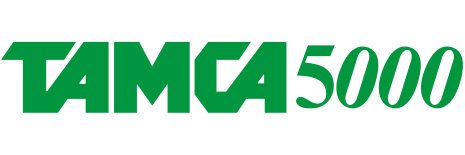
Tamca 5000 is a carbon fiber, enhancing stability and flexibility of a blade, enabling the production of fast and dynamic blades. Usually, T5000 blades are fast, direct and precise with a medium to hard touch.


Very thin fibers obtained by finely loosening plant fibers such as wood to Nanometer size, Cellulose Nano Fiber (CNF) enables blades with low vibration, providing the feeling of "holding the ball" to the blade, despite of high reaction values.

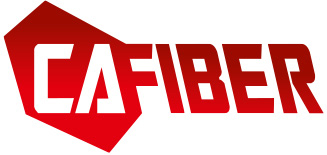
The Control Assist Fiber (CAF) consists of thin carbon fiber material and enables the construction of stiffer blades with low vibration without advertly affecting the total weight too much.